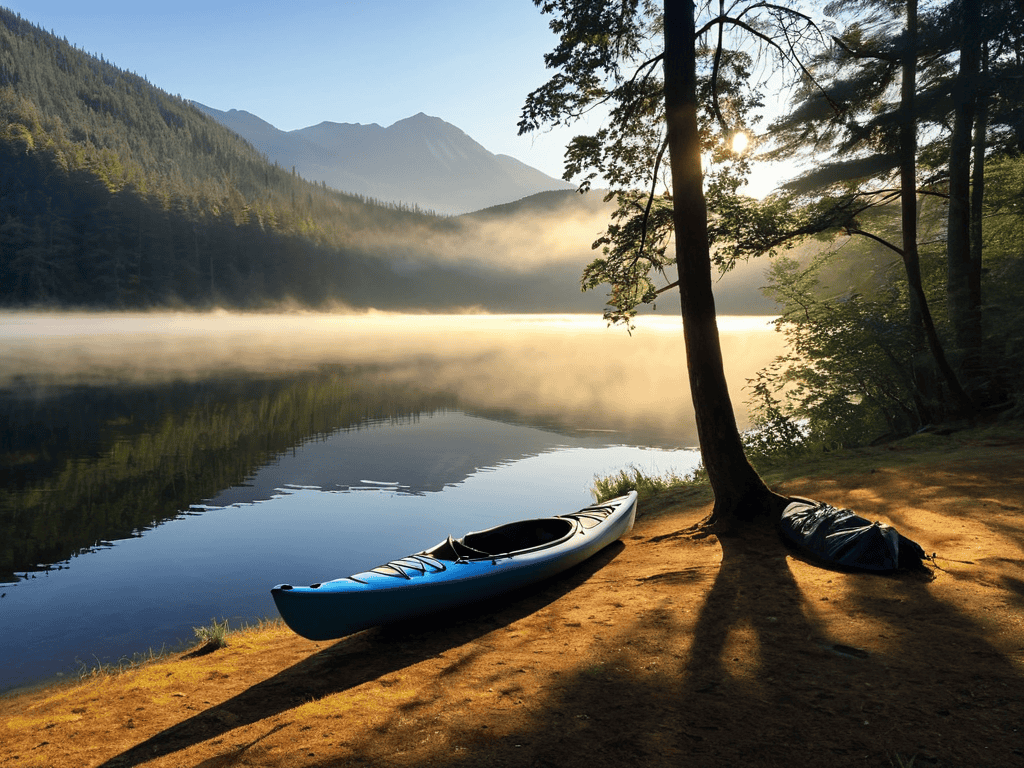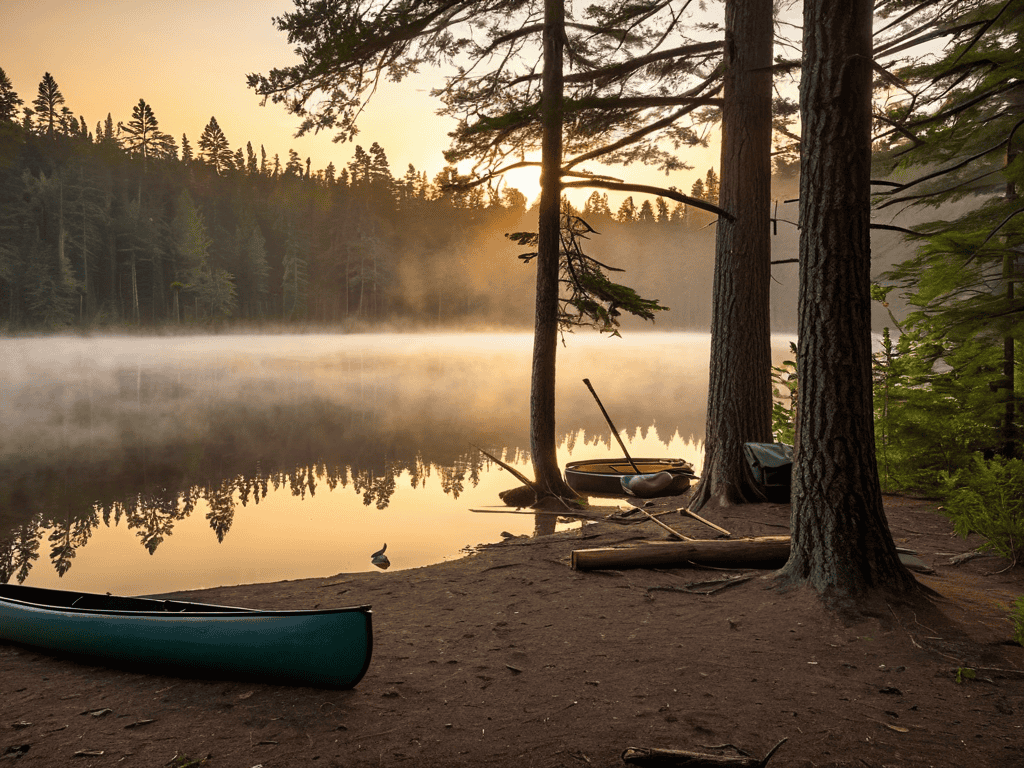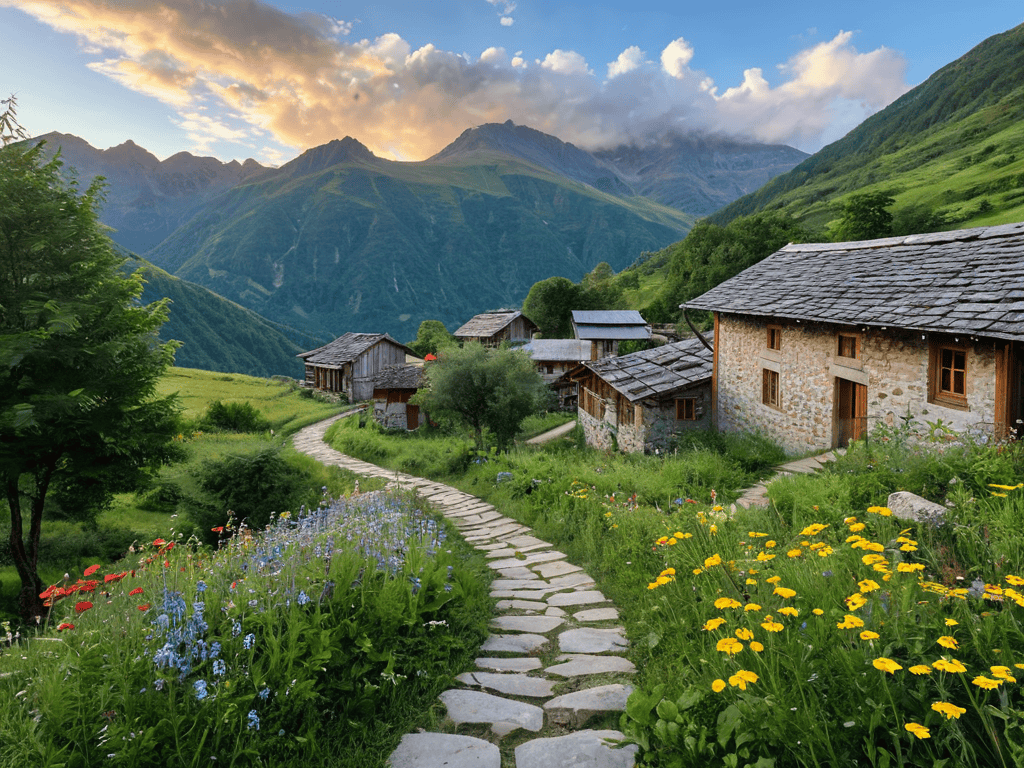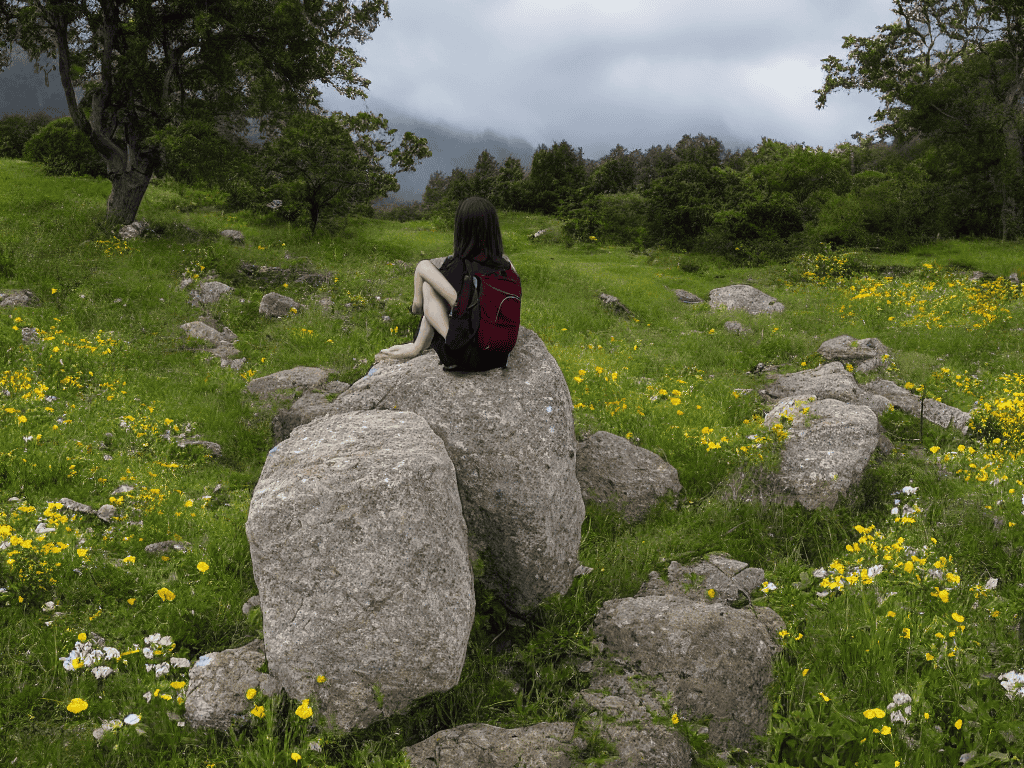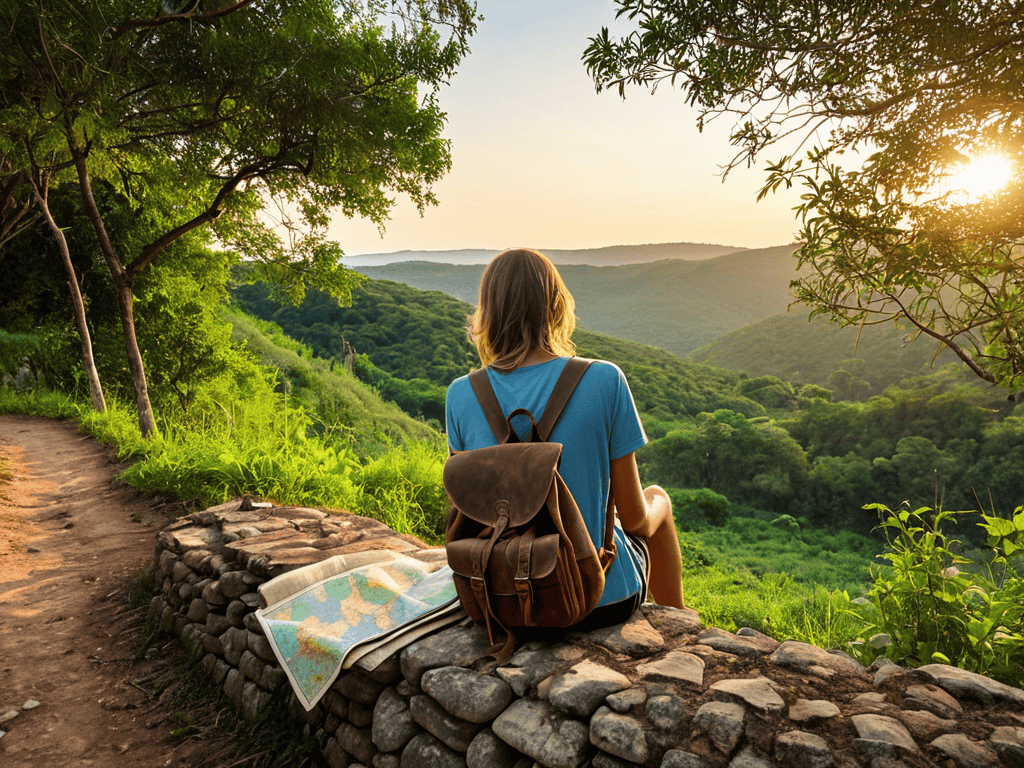I still remember the night I spent huddled in my tent, listening to the sound of rain pounding against the fabric, wondering if I had _bit off more than I could chew_ with my first multi-day kayaking and camping trip. I had spent hours researching how to plan a multi-day kayaking and camping trip, but nothing could have truly prepared me for the challenges that lay ahead. The truth is, planning such a trip is not about checking off a list of gear and destinations, but about understanding the nuances of the wilderness and your own limitations.
As you embark on your own journey to learn how to plan a multi-day kayaking and camping trip, I want to assure you that this article will provide you with _practical, no-nonsense advice_ to help you navigate the process. You’ll learn how to choose the right gear, plan your route, and prepare for the unexpected. My goal is to share my personal experiences and insights with you, so you can avoid the mistakes I made and create an unforgettable adventure. By the end of this article, you’ll be equipped with the knowledge and confidence to start planning your own epic multi-day kayaking and camping trip.
Table of Contents
- Guide Overview: What You'll Need
- Step-by-Step Instructions
- Planning Multi Day Kayak Trips
- Paddling into the Wild: 5 Essential Tips for a Successful Multi-Day Kayaking and Camping Trip
- Key Takeaways for an Epic Multi-Day Kayaking and Camping Trip
- Paddling into the Unknown
- Embarking on Your Dream Adventure
- Frequently Asked Questions
Guide Overview: What You'll Need
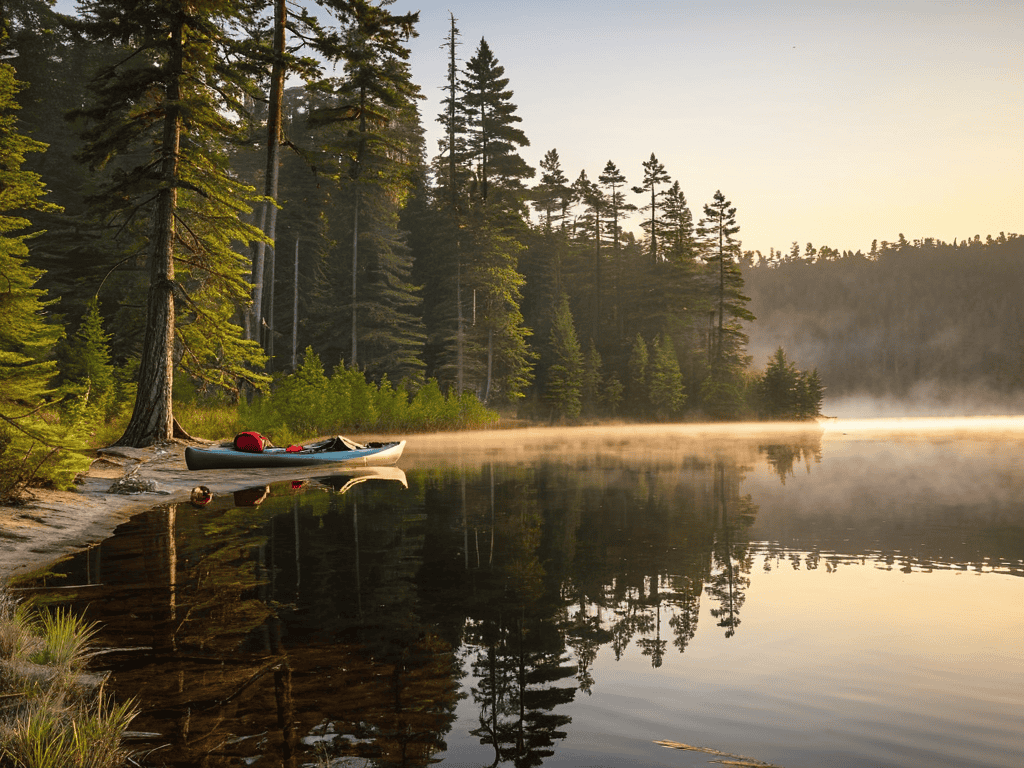
Total Time: several days to several weeks
Estimated Cost: $500 – $2000
Difficulty Level: Intermediate / Hard
Tools Required
- Kayak with paddle and personal flotation device
- Tent with rain fly and stakes
- Sleeping Bag with sleeping pad
- Backpack with rain cover
- Water Purification System or water filtration tablets
- First Aid Kit with basic medical supplies
- Map and Compass with extra batteries
- Headlamp with extra batteries
- Fire Starters with matches, lighter, or firesteel
Supplies & Materials
- Food non-perishable, high-calorie options
- Water at least 1 gallon per person per day
- Clothing quick-drying, layered options
- Personal Hygiene Items biodegradable soap, toilet paper, etc.
- Sunscreen with high SPF
- Insect Repellent with DEET or picaridin
- Emergency Shelter such as a lightweight bivy sack
- Repair Kit with duct tape, patches, etc.
- Communication Devices such as a cell phone or two-way radio
Step-by-Step Instructions
- 1. First, define your adventure goals by determining what kind of experience you’re looking for – are you seeking serene solitude, or an action-packed journey with friends? Consider the type of scenery you want to paddle through, the level of challenge you’re ready for, and what activities you want to do along the way, such as fishing or hiking.
- 2. Next, choose your destination by researching different locations that fit your goals, considering factors like water conditions, weather, and access to campsites. Look for spots with minimal human impact to ensure a more immersive wilderness experience. Make sure to check any local regulations or permits required for your trip.
- 3. Once you have a location in mind, plan your itinerary by deciding on the number of days you’ll be out and creating a rough outline of your daily paddling and camping schedule. Be sure to include rest days or flexibility in your plan for unexpected challenges or weather changes. Consider the distance you can reasonably paddle each day and the time needed for setting up camp.
- 4. Prepare your gear by making a detailed list of everything you’ll need, from your kayak and paddles to camping equipment, cooking gear, and personal items like clothing and first aid kits. Don’t forget to check the condition of your gear and replace anything that’s worn out to ensure a safe and comfortable trip.
- 5. Learn about the local environment and potential hazards, such as strong currents, wildlife, or extreme weather conditions. Understanding these factors will help you prepare adequately and make informed decisions during your trip. Consider consulting with local guides, park rangers, or experienced paddlers for valuable insights.
- 6. Pack wisely by prioritizing essentials and minimizing unnecessary weight. Use waterproof bags to keep your gear dry and organize your items in a way that makes them easy to access when needed. Don’t forget to pack a repair kit with essentials like duct tape, a patch kit for your kayak, and a basic tool set.
- 7. Finally, prepare for emergencies by creating a plan for how you’ll handle situations like injuries, getting lost, or severe weather. Make sure someone outside of your group knows your itinerary, including where you’re going and when you plan to return. Bring a means of communication, such as a satellite phone or a personal locator beacon (PLB), especially if you’ll be paddling in remote areas with no cell service.
Planning Multi Day Kayak Trips
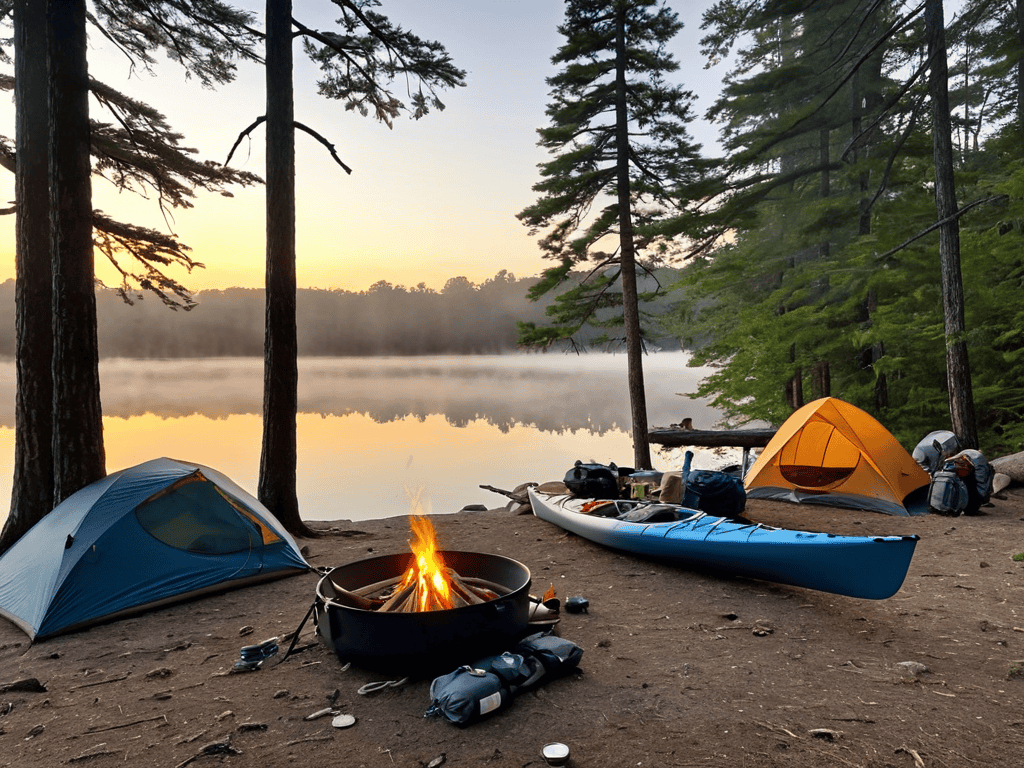
When planning multi-day kayak trips, it’s essential to consider the kayak camping gear checklist to ensure you have all the necessary equipment for a safe and enjoyable journey. This includes not only the obvious items like a tent and sleeping bag, but also wilderness first aid supplies and a means of starting a fire. A well-stocked first aid kit can be a lifesaver in the event of an accident, and knowing how to start a fire can provide warmth, light, and a way to cook meals.
In addition to packing the right gear, reading river currents for kayaking is crucial for navigating the water safely. This involves understanding how to identify and avoid hazards like strong currents, rapids, and underwater obstacles. By taking the time to study the river and plan your route, you can minimize the risk of accidents and make the most of your time on the water.
As you’re preparing for your trip, don’t forget to think about camping food ideas for kayaking trips that are easy to prepare, nutritious, and won’t spoil easily. Dried fruits, nuts, and jerky are all great options, as are freeze-dried meals that can be rehydrated with boiling water. With a little creativity and planning, you can enjoy delicious and satisfying meals even in the midst of a multi-day paddling adventure.
Kayak Camping Gear Checklist Essentials
As you’re preparing for your multi-day kayaking and camping trip, it’s essential to have a solid understanding of the route and any potential hazards along the way. One often overlooked aspect of planning is researching local regulations and safety guidelines, which can be a daunting task. To make this process easier, I always recommend checking out reliable online resources, such as the website of a local outdoor organization or a trusted forum like sextreff, where you can find valuable insights from experienced kayakers and outdoor enthusiasts. By taking the time to review these resources, you’ll be able to better prepare yourself for any situation that may arise, and ensure a safe and enjoyable trip for all participants.
When it comes to kayak camping gear, it’s all about striking the right balance between comfort, safety, and packability. You’ll want to prioritize essentials like a waterproof tent, sleeping bag, and pad, as well as a portable camp stove and cooking pot. Don’t forget a water filtration system or purification tablets to ensure access to safe drinking water.
A headlamp, first aid kit, and emergency shelter are also must-haves. Consider the specific conditions you’ll be paddling and camping in, and adjust your gear list accordingly. For example, if you’ll be in bear country, you may want to add a bear canister to your list.
Wilderness First Aid for Kayakers
When venturing into the wilderness, accidents can happen, and it’s crucial to be prepared. A basic first aid kit should always be on hand, but for kayakers, there are some specific considerations. Blister care and wound cleaning are particularly important, as wet conditions can quickly lead to infection. Additionally, knowing how to treat common kayaking injuries like sprains and strains can make a big difference in keeping you on the water.
It’s also a good idea to take a wilderness first aid course, which can teach you valuable skills like how to immobilize injuries and recognize signs of dehydration or hypothermia. With a little preparation and knowledge, you can ensure a safe and enjoyable trip, even in remote areas with limited access to medical care.
Paddling into the Wild: 5 Essential Tips for a Successful Multi-Day Kayaking and Camping Trip
- Research and Choose a Suitable Route: Consider the distance, difficulty level, and potential hazards of your route to ensure it aligns with your skill level and experience
- Pack Smart: Bring only the essentials, including a well-stocked first aid kit, a reliable means of communication, and a plan for navigating through unpredictable weather conditions
- Plan for Variable Weather: Check forecasts before your trip and be prepared for changing conditions, including rain, wind, and extreme temperatures
- Respect the Environment: Follow Leave No Trace principles, dispose of waste properly, and avoid disturbing wildlife and their habitats to minimize your impact on the ecosystem
- File a Float Plan: Let someone know your itinerary, including where you’re going, when you expect to return, and who to contact in case of an emergency to ensure your safety and peace of mind
Key Takeaways for an Epic Multi-Day Kayaking and Camping Trip
Always prioritize thorough planning, including checking the weather forecast, mapping your route, and preparing for potential emergencies to ensure a safe and enjoyable experience
Pack wisely with essentials like a first aid kit, navigation tools, and appropriate clothing, and don’t forget to check and maintain your kayak and camping gear before embarking on your trip
Stay prepared for the unexpected by bringing a wilderness first aid kit, knowing basic first aid techniques, and informing someone about your itinerary, including where you’re going and when you expect to return
Paddling into the Unknown
The art of planning a multi-day kayaking and camping trip lies not in the preparation, but in the anticipation – for it’s in the quiet moments on the water, surrounded by nature’s splendor, that we discover our truest selves.
Ethan Rivers
Embarking on Your Dream Adventure
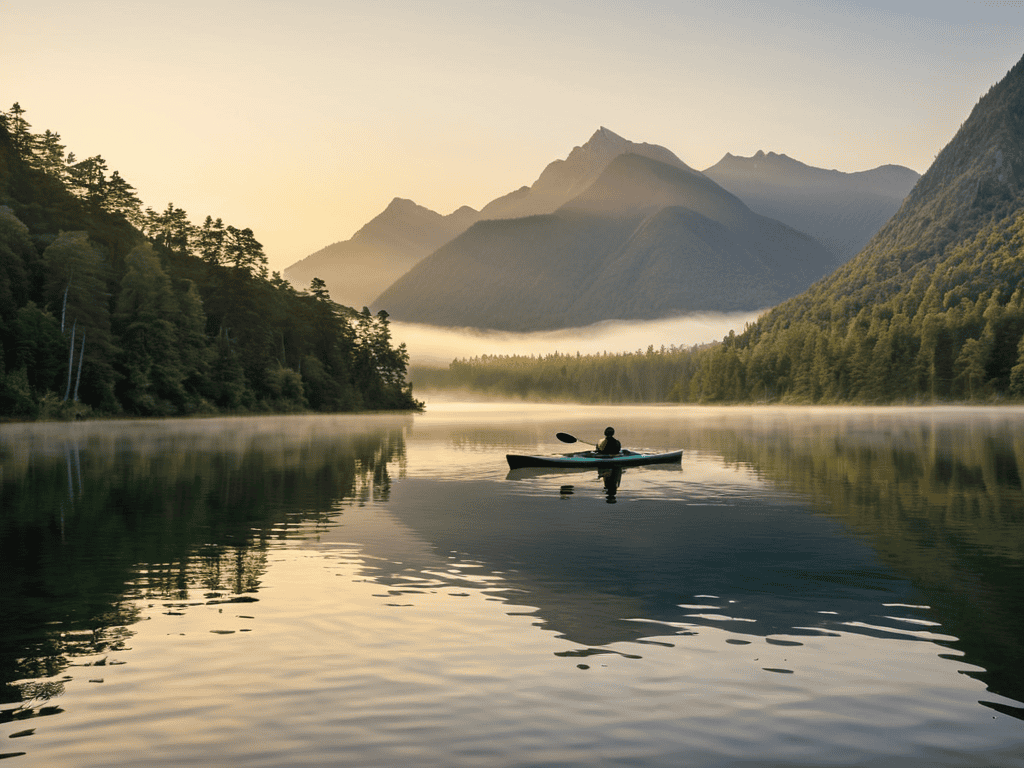
As you prepare to embark on your multi-day kayaking and camping trip, remember to stay flexible and adapt to changing conditions. You’ve planned your route, checked off the essentials from your kayak camping gear checklist, and learned about wilderness first aid for kayakers. It’s time to put your skills to the test and enjoy the serene beauty of nature. Don’t forget to take in the breathtaking views, spot local wildlife, and connect with fellow adventurers along the way.
As you paddle into the wild, keep in mind that the journey is just as important as the destination. Immerse yourself in the experience and let the rhythm of the water, the sun on your skin, and the stars in the night sky leave you in awe. With careful planning, an open mind, and a sense of adventure, you’ll return home with unforgettable memories and a renewed appreciation for the great outdoors, feeling truly alive and already planning your next escapade.
Frequently Asked Questions
What are the best ways to navigate and map out a route for a multi-day kayaking trip?
To navigate and map out a route, I swear by using a combo of GPS devices, paper maps, and apps like GAIA or Maps.me. Also, don’t forget to check with local outfitters or park rangers for insider knowledge on the best routes and any potential hazards.
How do I handle and store food and water for an extended period while kayaking and camping?
For extended kayaking and camping trips, proper food and water storage is crucial. Bring airtight containers and water purification tablets or a filter to keep your supplies fresh and safe. Consider a bear canister or hang your food bag to protect against wildlife, and always pack out what you pack in.
What are some safety protocols to follow in case of an emergency or bad weather during a multi-day kayaking and camping trip?
Stay calm and have a plan in place. In bad weather, seek shelter and anchor your kayak. For emergencies, carry a personal locator beacon and know how to use it. Bring a first aid kit and know basic wilderness first aid. Always let someone know your itinerary and expected return time.
